Best blender 2025 – chef-approved for smoothies, soups, and frozen cocktails
From whizzing green smoothies to crushing ice, I've found the top six blenders for every kitchen task
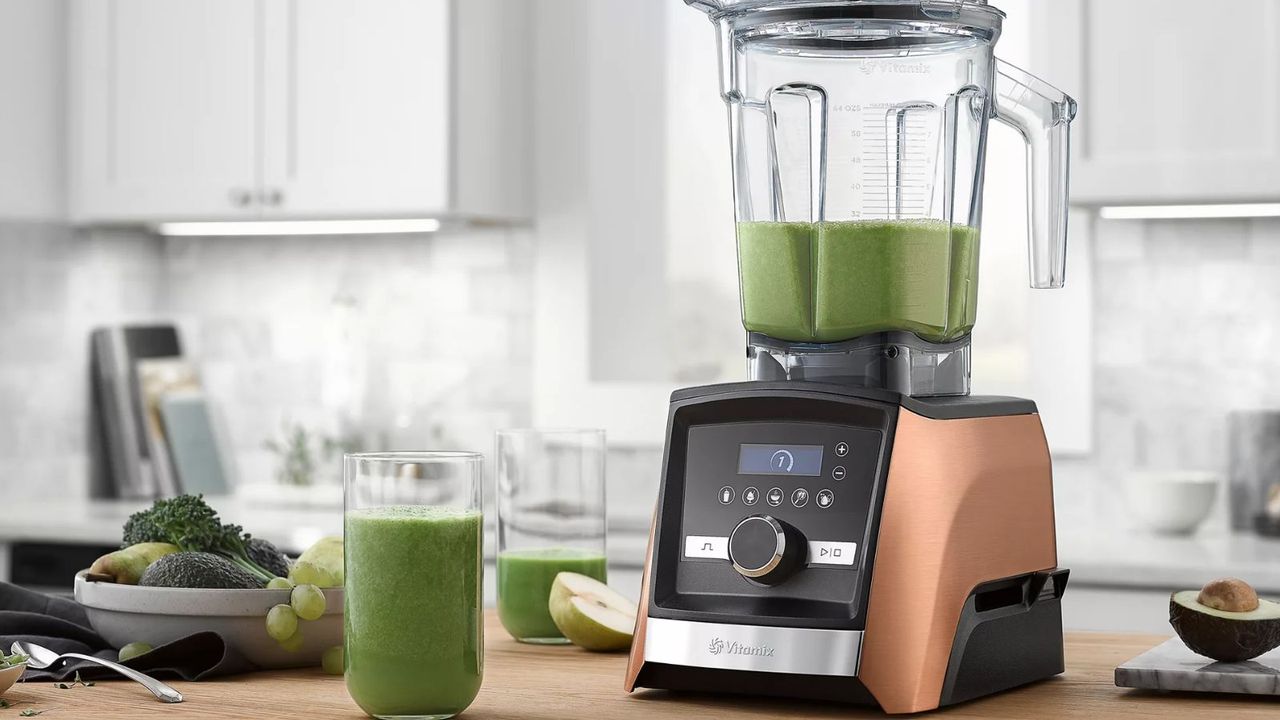

Recent updates
March 2025: I have removed the Breville Super Q from this guide, as this model now feels dated and overpriced compared to the other blenders I tested.
As a trained chef and busy editor, I’m all about getting my nutrition in with easy green smoothies and nutrient-rich soups. I'm also pretty partial to a frozen margarita or frappuccino in the summer. So you can imagine, it's literally my dream job to be in charge of testing and reviewing the best blenders at Homes & Gardens.
With the help of my team of product testers, we’ve taken top brands like Ninja, NutriBullet, Vitamix, and Zwilling to the test kitchen. Our goal? To identify the best blender for every task (including the best quiet blender which we had to start a whole new buying guide for).
We didn’t stop at the easy stuff like berry smoothies (though we definitely made a few!). We pushed these machines to their limits, blending fibrous kale, crushing ice, blending hot soups, creamy dips, and even grinding homemade nut butter.
We also assessed if they were quiet, easy to use and clean, and attractive enough to keep on your countertop – or compact enough to tuck away if space is at a premium.
After extensive testing, I’ve crowned the Vitamix A3500 as my top pick this year – it’s powerful, versatile, and famous among the professionals. I've organized the rest into a list of the best blenders for all recipes, kitchen sizes, and budgets.
The Quick List
If you haven't got time to read paragraphs, these are the best blenders on the market. We go into the full reviews of each model further down the page.
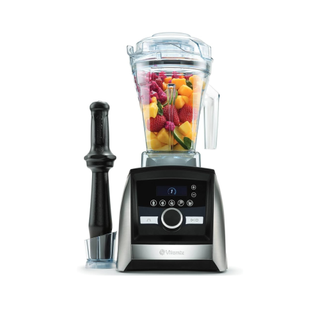
Our winner overall can make perfect smoothies, hot soup, crushed ice, and nut butters; excelling in all our tests. It's beautiful and universally beloved. It comes with a hefty price tag, but we think it's worth every penny.
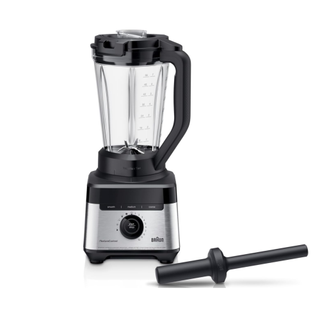
This performs very similarly to the Vitamix, but it is much cheaper. It can mist ice for perfect frozen margaritas and frappés. However, it's extremely noisy – that's the catch.
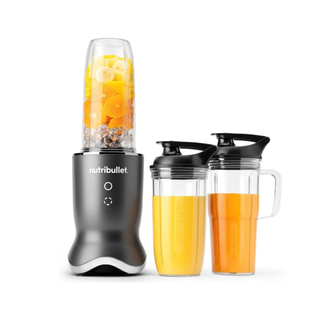
For simple morning smoothies, look no further. This Nutribullet Ultra crushes frozen bananas, kale, and seeds into silky-smooth drinks in seconds.
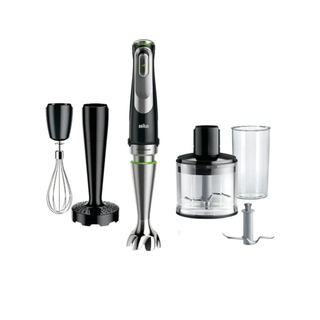
Quiet and easy to use, with speed control to create the perfect purée consistency for your baby’s needs. It's powerful and versatile, lasting well beyond the weaning years.
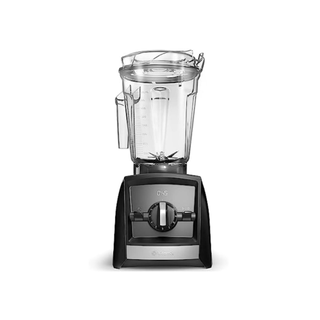
Vitamix is the only blender brand we recommend for making nut butter. The A3500 above is a great option, and the cheaper A2300 also excelled on creating silky-smooth, spreadable pastes in our tests.
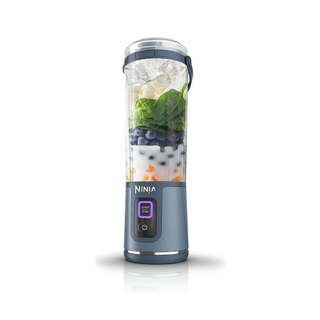
If you want a little blender for mixing protein shakes while on the go, this is the best option. It's no countertop blender and might outsize some handbags, but our experts loved it.
The best blenders 2025
These are the best blenders to come out of our rigorous testing process. You can read about the runners up below, which includes the best juicer/blender combo, the sleekest design, and the best budget pick.
Best blender winner 2025









1. Vitamix A3500 Ascent Series Smart Blender
Our expert review:
Specifications
Reasons to buy
Reasons to avoid
The Vitamix's reputation precedes it. The A3500 Ascent Series is the brand's star appliance, which can make everything from silky smoothies and protein shakes to incredible ice cones, soups, and more.
We have tested it twice and neither of our experts couldn't find a trace of fruit skins, seeds, or stems in our smoothie tests. Plus, when we used it to cook – I repeat cook – tomato soups and sauces, we found they were piping hot and super smooth within ten minutes.
We put the Vitamix through our tests on dips, nut butters and ice cones and it whizzed everything up effortlessly. We were left speechless. The Vitamix really can do it all. To prove it, they give you an excellent recipe book and a quick start guide, so that you can get to work instantly.
The only faults were that it's a bit noisy and it can't go in the dishwasher (you have to use the self-clean mode). We took our time deliberating over whether this was worth the $700 price tag. That's a lot of money for a blender. Our conclusion was this: if blending quality is your only concern, you can't do better than the A3500 Series. We first reviewed it back in 2022 and re-tested again in January 2025 – in all those years, it remains unbeaten.
Our full Vitamix A3500 Ascent Series Smart Blender review has more details.
Best blender for ice & frozen cocktails






2. Braun TriForce Power Blender
Our expert review:
Specifications
Reasons to buy
Reasons to avoid
Within a morning of using the Braun TriForce, it secured a top spot in this highly competitive buying guide – thanks to its phenomenal ice-crushing abilities. We've tested blenders that cost ten times as much and the affordable Braun blender performed just as well, if not better. The ice-crushing power is fantastic – it transforms ice into the finest, snow-like mist that is perfect for frozen margaritas and frappuccinos.
As one of the best Vitamix alternatives, the Braun TriForce is perfect for large households looking to batch-blend big servings of smoothies, soups, and frozen drinks. It can whip up hot soup in five minutes, a silky smoothie in two, and turn ice into an evenly-crushed cloud in just thirty seconds. Even the hummus we made in this blender was velvety smooth.
However, there’s one thing you need to know – it’s loud. And we mean, really loud. But given that it performs at a Vitamix level for a fraction of the price, it’s a trade-off worth considering. If noise is a deal-breaker – say, if you have a baby, sensitive neighbors, or live in a small apartment – you'll prefer the Vitamix A3500, or you'll want to explore the quietest blenders. But if you want the best ice-crushing blender without the premium price tag, this is the one for you.
Our full Braun Triforce review has more details.
Best blender for quick smoothies




3. Nutribullet Ultra
Our expert review:
Specifications
Reasons to buy
Reasons to avoid
Bullet blenders are ideal if you want quick, single servings of smoothies. The narrow shape makes them much better at more liquid-based tasks, so if you’re looking for a blender to make ice cones and dips in huge quantities, you'll want a more traditional blending jug.
That said, the Nutribullet Ultra is by far the most powerful bullet blender we've tested and it really excels on tough recipes. In the kitchen, we blended frozen berry breakfast smoothies and protein shakes, packed with chunky seeds and oats – they were smooth and creamy in 30 seconds. The Nutribullet Ultra even managed to crush ice (although not super finely) and effortlessly whiz up chickpeas into a velvety hummus.
We loved the touchscreen and the sleek design, too. Plus, the Nutribullet Ultra cup and blades are dishwasher safe, so clean-up is simple.
The only problem we noted was the noise. The Ultra measured up to 90 dBa in the kitchen, which is a full 15 dBa more than the predecessor in the Nutribullet range – the NutriBullet Pro 900. As our expert tester, Laura, says: 'If you want to save money and you don’t need immense amounts of power, the 900 is better. If you want power and speed, the Ultra is the best option.'
Our full NutriBullet Ultra Blender review has more details.
Best blender for baby food






Specifications
Reasons to buy
Reasons to avoid
An immersion blender is a great choice for making small portions of smooth, creamy baby food. Plus, it's a good investment; it will last you well beyond the weaning years.
We tested the Braun MultiQuick 9 alongside a range of the best immersion blenders from Cuisinart, KitchenAid, and Smeg – and it was definitely the most powerful and easiest to use. We made the smoothest pea soup, with chunky onions, mint and pea skins disappearing into nothing.
There are variable speed settings, so you can get just the right consistency for your little one. We used the small blending cup, but you could use it in a large pan, pot, or jug when you're making a batch of baby food.
It also comes with a mashing wand, creating a lump-free consistency that is great for little eaters. We also liked the safety feature, which requires you to first press down on the top section of the handle before pressing the trigger. It's handy for the clumsy, or if you have kids running around the place.
The downsides? It’s handheld, so you do have to do some manual work. You might prefer a tiny jug blender that does everything for you, like the Nutribullet Baby, but we found that option (and others like it) much more flimsy, irritating to clean, and generally limiting. While the Braun is expensive, it's a powerful, durable, and versatile option.
Our full Braun MultiQuick 9 Immersion Blender review has more details.
Best portable blender





6. Ninja Blast
Our expert review:
Specifications
Reasons to buy
Reasons to avoid
The Ninja Blast is at the top of our best portable blender guide. Why? It has a good capacity with liquid measures on the pitcher, it's lightweight and good value. It's slim enough to sit in any water bottle holder (both in backpacks and car cup holders), available in a range of fun colors, and has a useful flip-top lid that doesn't drip, dribble or leak.
We were most excited by the ice-crushing capacity. This is the only portable blender that can make frozen margaritas or frappuccinos on the go, which sent it straight to the top of our books.
Like most portable blenders, it struggles to process seeds. It's also not as good as a countertop blender for making dips; it made a serviceable hummus, but not a great one. It's also fairly tall, so it's more suited to a backpack than a handbag.
Our expert, Alex, trialed the Ninja Blast in the test kitchen in 2023 and has been using it ever since. He says, 'It's remained consistent and impressive. I regularly add a scoop of protein powder and creatine to my frozen smoothie mix and the Ninja doesn't struggle to keep the mixture silky rather than lumpy. It has never leaked and it's pretty easy to clean for everyday use.' I re-tested it myself in January 2025 and agreed – it continues to earn a well-deserved place in our guide.
There's more detail in our Ninja Blast review.
Best blender for nut butter





Specifications
Reasons to buy
Reasons to avoid
If you’re a budding chef who wants to experiment with nut butters and dips, soups and sauces, the Vitamix A2300 will serve you well. Its 10 blending speeds will offer all the control you need. With the option to add on accessories, there’s plenty of scope to build it into a more versatile appliance.
Having tested multiple Vitamix models – including the E310 and E520 – we found that the A2300 produced the silkiest nut butter of them all. Blending peanuts for one minute at the highest speed, followed by 30 seconds on speed 7, resulted in an ultra-smooth, spreadable consistency.
Home economist Helen McCue also used the A2300 to make homemade dairy butter, blending cream on speed 10 for about a minute. After draining the buttermilk, adding salt, and rolling it in baking paper, she left it in the fridge overnight. The next morning, it was rich, creamy, and ready to spread. 'It couldn’t have been easier,' says Jacyln.
With such impressive results on tricky tasks like these, it’s no surprise that the A2300 also excels on classic smoothies and soups. However, unlike the A3500 at the very top of this guide, it lacks automatic blending programs and self-clean settings. And while it's more affordable than the top-tier model, it's still a significant investment. That said, after countless failed attempts at making nut butter with other blenders, I can confidently say that quality comes at a price – and for silky-smooth results, the A2300 is worth it. No other blender brand I have tried can tackle nut butter with the same effect.
Our full Vitamix A2300 blender review has more details.
The Runners Up
These didn't quite make our hot list, but we still highly rate them. It's worth considering the juicer and food processor combos if you have specific needs, or the older, more affordable Nutribullet if you're on a budget.
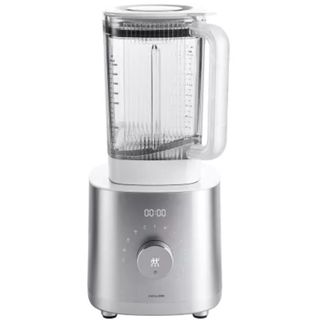
This sleek blender can handle any fruit or vegetable you throw at it. It excelled on crushing ice, too. The Zwilling is a beautiful appliance and reasonably priced, too.
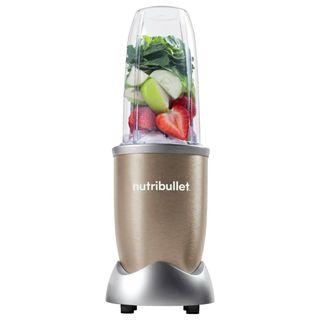
Nutribullet's Pro 900 used to be our favorite-ever smoothie blender, but it's recently been surpassed by the Nutribullet Ultra. We still love the older version (we rated it 5-stars in 2022) but it's not quite as quick, powerful, and high tech as the new model. If you want to save some money, this could be a great option.
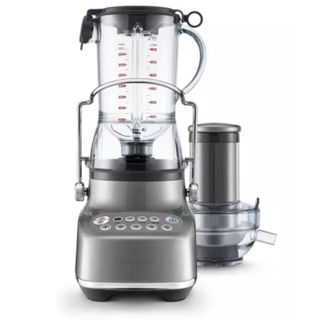
The blending and juicing attachments that come with The Bluicer make this a versatile machine. We made everything from smoothie bowls, to soups, to juice and loved them. We cut this from our shortlist because not everybody needs to pay a premium price for the juicer function. However, if that suits you, you're in for a treat.
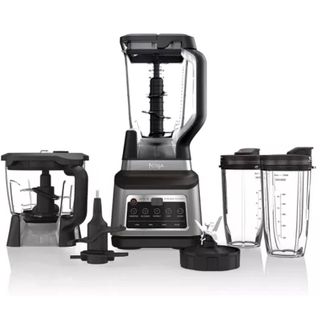
If you want your blender to do it all, this is the one. You can shred cheese, chop carrots, dice onions, and blend that classic smoothie. There are a lot of accessories, so make sure you have cupboard space.
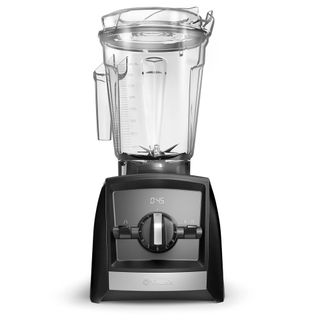
This is the most affordable Vitamix blender in the range and it's pretty impressive. The 10 speeds can blitz, pulverize, and liquidize its way through almost anything. It’s simple to use and easy to clean, but the downside is that the blades get warm and there are no safety features to stop it switching on without the lid in place.
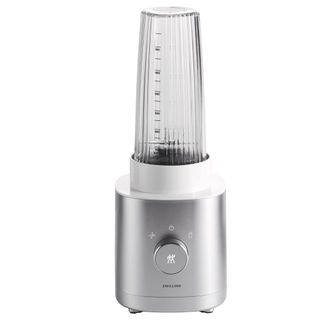
Although this is less powerful and versatile than the Nutribullet Ultra that made it into the hot list, I still think it's a fantastic buy for smoothie lovers. Zwilling is famous for German-engineered, stainless steel knives. These are very effective in the blender; I marvelled at my vibrant, silky smoothies. The blender is equally stunning.
Full review coming soon.
How we test blenders
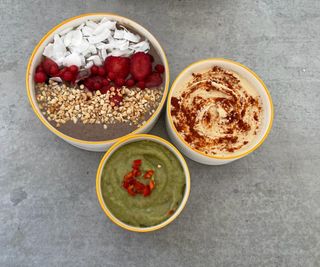
Every blender in our best blender guide has been tested hands-on and reviewed by at least two members of the Homes & Gardens team. We have a series of standard tests that all of our blenders go through: you can read more about how we test blenders here and our review and testing guidelines provide more insight into our process.
How to choose a blender
The type of blender you buy really depends your budget, space constraints, and what you want to use it for. Hopefully, my guide has pointed you in the right direction, but if you want to search for yourself, here are the top features to look out for.
Motor: All blenders are capable of making smoothies, particularly blending softer fruits. But if you want to make frozen desserts or nut butters then need a machine with a more powerful motor. Blenders which can make a routine morning smoothie will need at least 500-600 watts. If you have 700 watts, you'll be able to chop tougher nuts and seeds. Once you hit numbers, such as 1,200 watts, you'll be able to make almost anything, especially ice cones.
Programs: If you're new to blending or want a hands-off experience, look out for a blender that has automatic programs for the kinds of drink that you want. That said, manual controls are important if you want finer control over the results, say blending a soup that still has some chunks in it. Some variability will be as simple as three buttons for low, medium, and high speed. Other blenders will have a detailed dial allowing you to select a specific speed. This is more of a luxury than a necessity.
Features: Move up the price scale and you’ll find that you get additional features. Some of the most powerful blenders, for example, can use friction to heat raw ingredients, delivering hot soup in just a few minutes. Some double up as juicers, food processors, jelly makers, ice cream makers, and more. Name a function, and there will be a blender that covers it.
If you want something that can blend directly into a pot or pan, one of the best immersion blenders we've reviewed will be more appropriate.
Beyond actual settings, there are quirky features that you'll want to look out for. Some of the latest releases have vacuum pumps that seal and preserve your smoothies, helping them to last for longer. I've tested a few models that integrate a timer to their interface, so you can see how long you've been blending for or how long your pre-set has left. It might sound trivial, but this kind of feature is indispensable once you have one.
Capacity: Look out for the total capacity of the blender. The standard size for a countertop blender is between 20 and 65 oz. If you have a big family and lots of mouths to feed, look for one that can reach up to 80 oz, but bear in mind that this will take up more space on your countertop.
Accessories: Additional extras like self-serve cups let you take a drink on the move, and grinding cups can be a handy way of dealing with herbs and spices in smaller volumes.
Blender FAQs
Can you explain the different types of blenders?
Jug blenders: Classic countertop blenders have a large pitcher jug (usually around 1.5 - 2 liters) and they sit on a motorized base. They come with multiple speed settings and the best models have automatic programs to whip up large-batch smoothies, soups, sauces, and frozen cocktails at the touch of a button. They are great for families or keen cooks who want to serve multiple people. Move up the price and power scale, and you’ll get additional features. Some of the most powerful blenders, for example, can use friction to heat raw ingredients, delivering hot soup in just a few minutes. Some double up as juicers, food processors, jelly makers, ice cream makers, and more.
If you want to blend dry ingredients to make creamy dips, like hummus for example, or bring together pastry dough, you'll be better off looking at one of the best food processors or a blender-food processor combo.
Bullet blenders: These are compact, single-serve blenders with a tall blending cup that often doubles as a to-go cup. They don't tend to have fancy, preset programs –rather simple twist and pulse functions. They are very easy to use and designed primarily for smoothies, protein shakes, and other quick recipes, like pancake batter. However, more powerful models can handle ice, dressings and dips, too. They really suit individuals or couples – or anyone with a small kitchen / limited counter space.
Portable blenders: Self-explanatory, really. These are cordless blenders that you can charge up and take out and about. They aren't the most powerful, but we've tested some excellent models that can blitz dips and even crushed ice – just check out our guide to the best portable blenders. If you're a fitness enthusiast, student on the go, busy professional, or a frequent traveler, a portable blender is a must-have.
Immersion/hand blender: You'll recognize these as stick-like blenders that you hold and plunge directly into pots, bowls, or containers. Chefs often use them for soups, sauces, and small batches of pureés. They’re also fantastic if you want to make homemade baby food, as well as people who prioritize quiet operation. They tend to tuck away nicely in drawers, too.
How much should I spend on a blender?
Budget really comes down to how much you’ll use the blender. If you’re only an occasional user, then a budget model ($100 to $150) makes sense. At this price, you’ll get decent controls but you may find that your results aren’t quite as smooth.
If you use a blender every day, then you need to move up the scale. Spend over $200 and you’re likely to get more accessories and programs.
If you want the best results then you’re looking at spending $400 or more. At this price, you’ll get the fastest motors, more control, and, often, a wider range of automatic programs to make your job easier.
For those who just want a personal-sized blender, one of the best portable blenders we have reviewed will suit you better.
Can you make hummus in a blender?
The vertical design of a blender pitcher is ideal for liquid mixtures, but it's not well suited for thick or dry dips. However, the Vitamix options on this list feature vortex systems that improve blending efficiency – we got some good hummus results in our tests.
Still, unless you're willing to add a generous amount of olive oil or water to your hummus, a food processor is the better choice. Its flatter bowl is better suited for chopping dry ingredients like garbanzo beans and garlic. As a trained cook, I would always recommend using food processors for the best results.
If you're trying to choose between a blender versus a food processor, there's always the option of buying a model that can do both. We have a whole buying guide dedicated to the best food processor blender combos.
Are glass pitchers better than plastic?
Most blenders come with a hardened plastic pitcher, but you’ll find the odd model that has a glass one. Glass is harder wearing and won’t scratch as easily as plastic. This can make a difference if you regularly crush ice, as the sharp edges can scratch cheaper plastics. Plastic can also get tainted by ingredients staining.
The downside of glass is that it’s much heavier and if you drop it, you’re likely to end up cracking or breaking the pitcher.
Modern plastics are much better, particularly on high-end machines, so you shouldn’t notice scratching. And, plastic is lighter and less likely to break if you drop it.
Sign up to the Homes & Gardens newsletter
Design expertise in your inbox – from inspiring decorating ideas and beautiful celebrity homes to practical gardening advice and shopping round-ups.

Lydia is the Kitchen Appliances Editor for Homes & Gardens, testing everything from air fryers and mixers to juicers and coffee machines. She trained in Culinary Arts at Leiths School of Food & Wine and previously served as the Recipe Editor for Mindful Chef.
-
 LeBron and Savannah James' tall kitchen cabinets are an impressive use of 'dead' space – designers say their technique is 'discreet and highly organized'
LeBron and Savannah James' tall kitchen cabinets are an impressive use of 'dead' space – designers say their technique is 'discreet and highly organized'The Los Angeles Lakers player set the precedent for smarter kitchen storage – his intelligent cabinets deserve to be replicated in every small kitchen
By Megan Slack Published
-
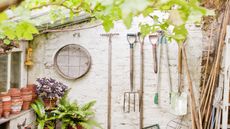 Take it from the experts, these 7 spring gardening tasks are a waste of time
Take it from the experts, these 7 spring gardening tasks are a waste of timeSave yourself the effort by focusing on easier alternatives
By Jill Morgan Published
-
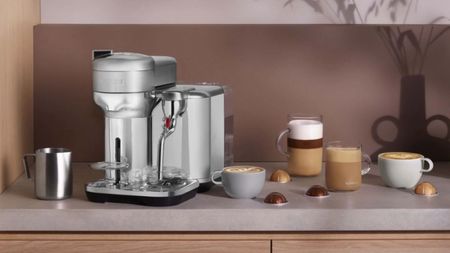 Nespresso vs espresso – tested for taste, cost, and technical differences
Nespresso vs espresso – tested for taste, cost, and technical differencesA barista offers some perspective on the Nespresso vs espresso debate. She's tested them for taste, and accounted for cost differences too
By Laura Honey Published
-
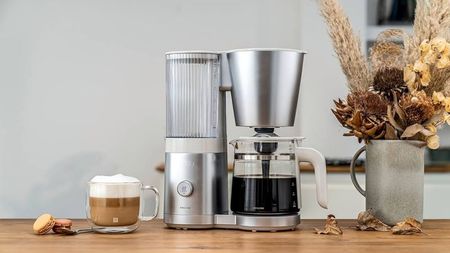 I just tested the best small drip coffee maker – and it's surprisingly stylish too
I just tested the best small drip coffee maker – and it's surprisingly stylish tooI've tested a range of filter coffee options and it turns out that the best small drip coffee maker is beautiful, sleek, and smart too
By Laura Honey Published
-
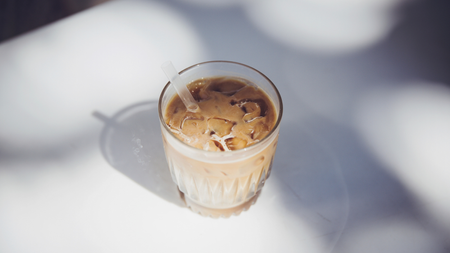 The best iced coffee makers – save hundreds by switching your favorite coffee shop drink to a delicious homemade one
The best iced coffee makers – save hundreds by switching your favorite coffee shop drink to a delicious homemade oneForget takeout iced coffee, these machines will keep you cool and caffeinated all day long
By Lydia Hayman Last updated
-
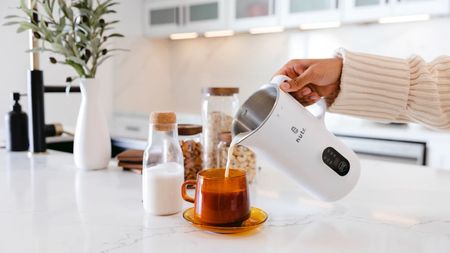 Best nut milk makers: tested by an expert vegan
Best nut milk makers: tested by an expert veganThese are the best nut milk makers for almond, oat, coconut milk and more. Our expert vegan barista tested them to see which is best
By Laura Honey Published
-
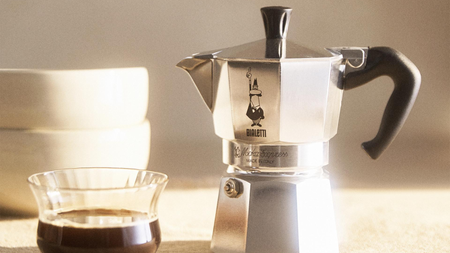 The best moka pots for easy Italian-style coffee straight from your stovetop
The best moka pots for easy Italian-style coffee straight from your stovetopOur tried-and-tested moka pots for brewing delicious coffee at home – the stylish, Italian way
By Lydia Hayman Last updated
-
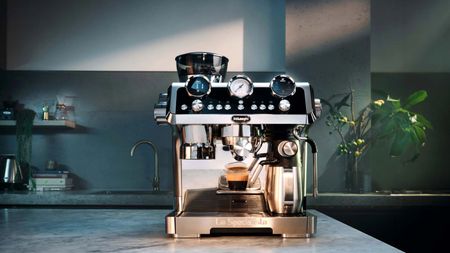 The best coffee makers with grinders for the freshest, most flavorful brews
The best coffee makers with grinders for the freshest, most flavorful brewsFrom luxurious espresso machines to tiny drip coffee makers, these are the best coffee makers with integrated grinders
By Lydia Hayman Last updated
-
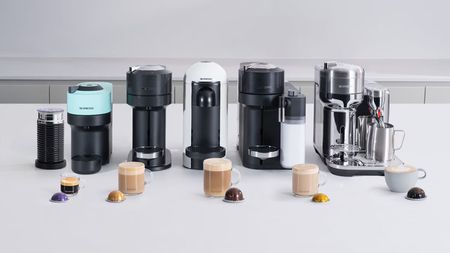 Best Nespresso machines – for every kind of coffee drinker
Best Nespresso machines – for every kind of coffee drinkerHow do you know whether you want the Lattissima or the Creatista, the Vertuo or the Original, and the Essenza or the Pop? We have the answers
By Laura Honey Last updated
-
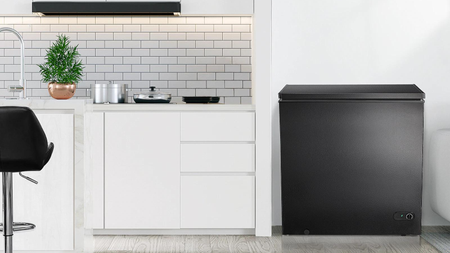 Best chest freezers: spacious, dependable, and practical
Best chest freezers: spacious, dependable, and practicalI've researched the best chest freezers on the market. From garage-friendly to enormous capacity, these are my top picks.
By Lydia Hayman Last updated